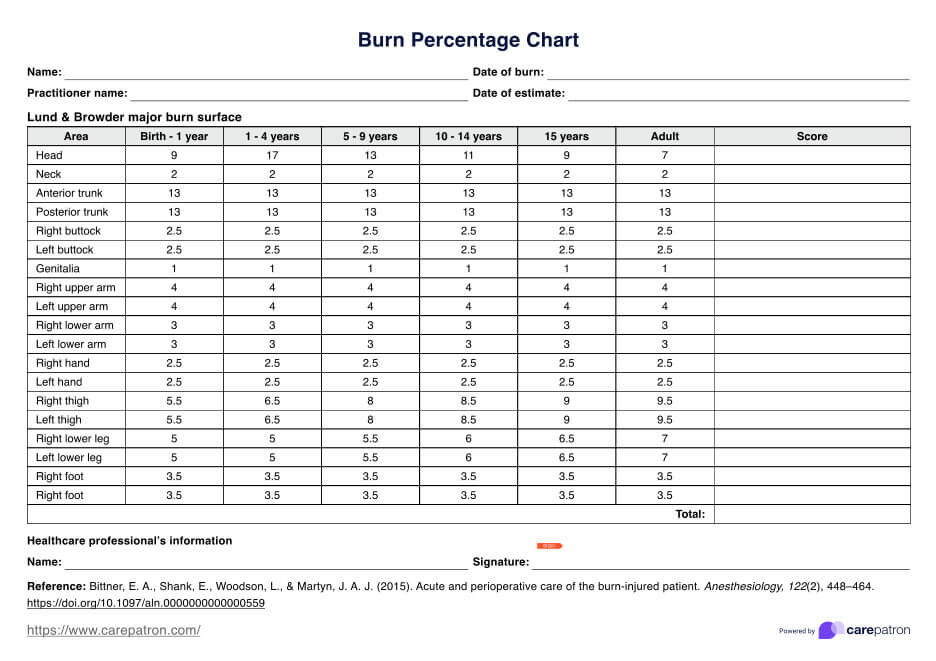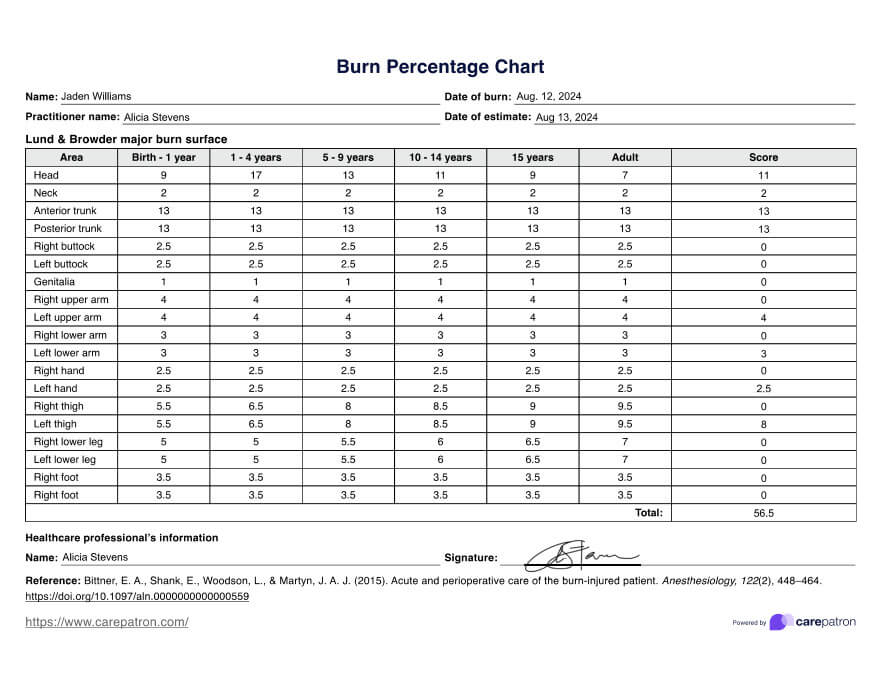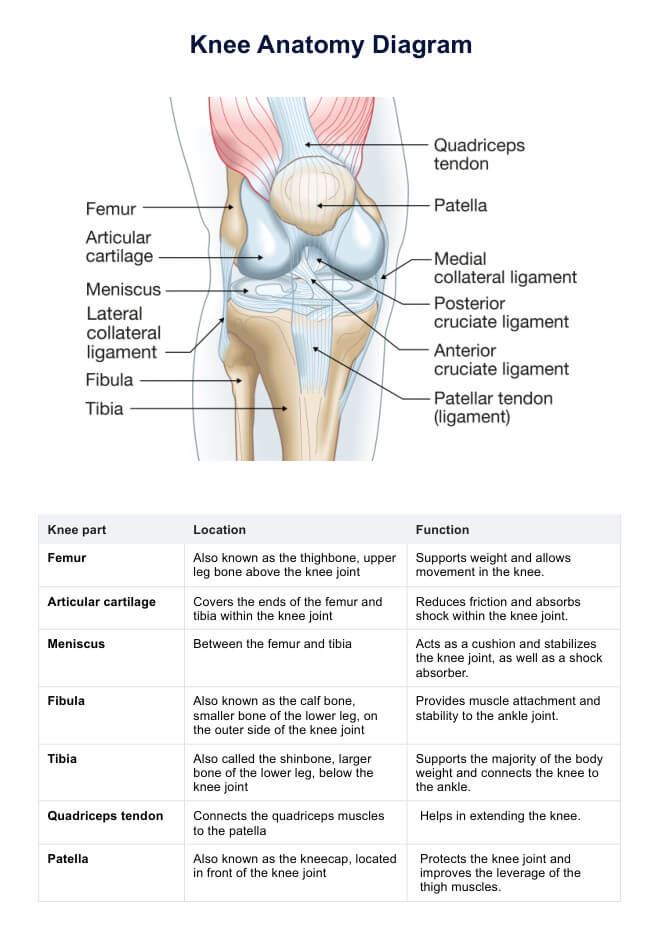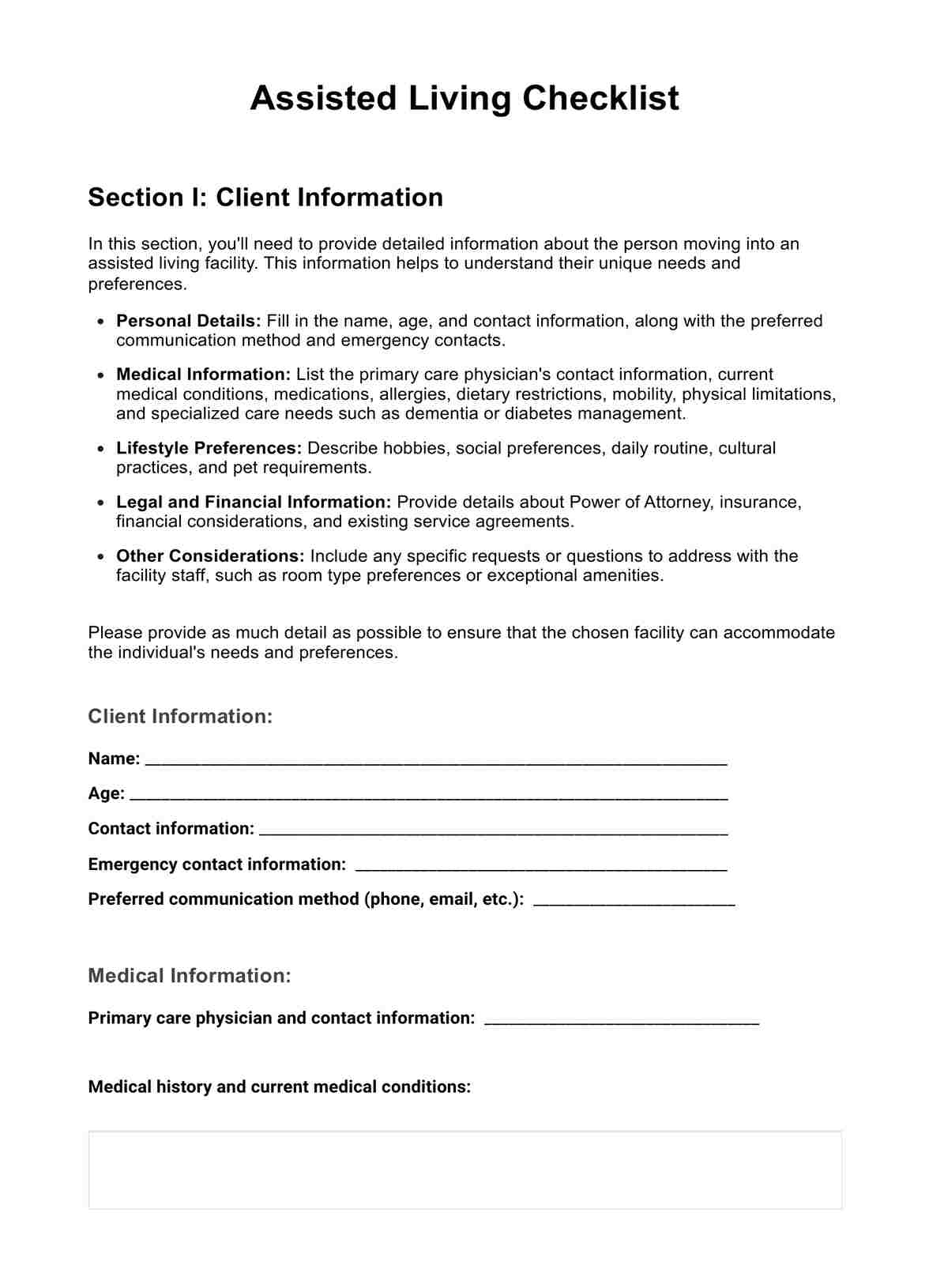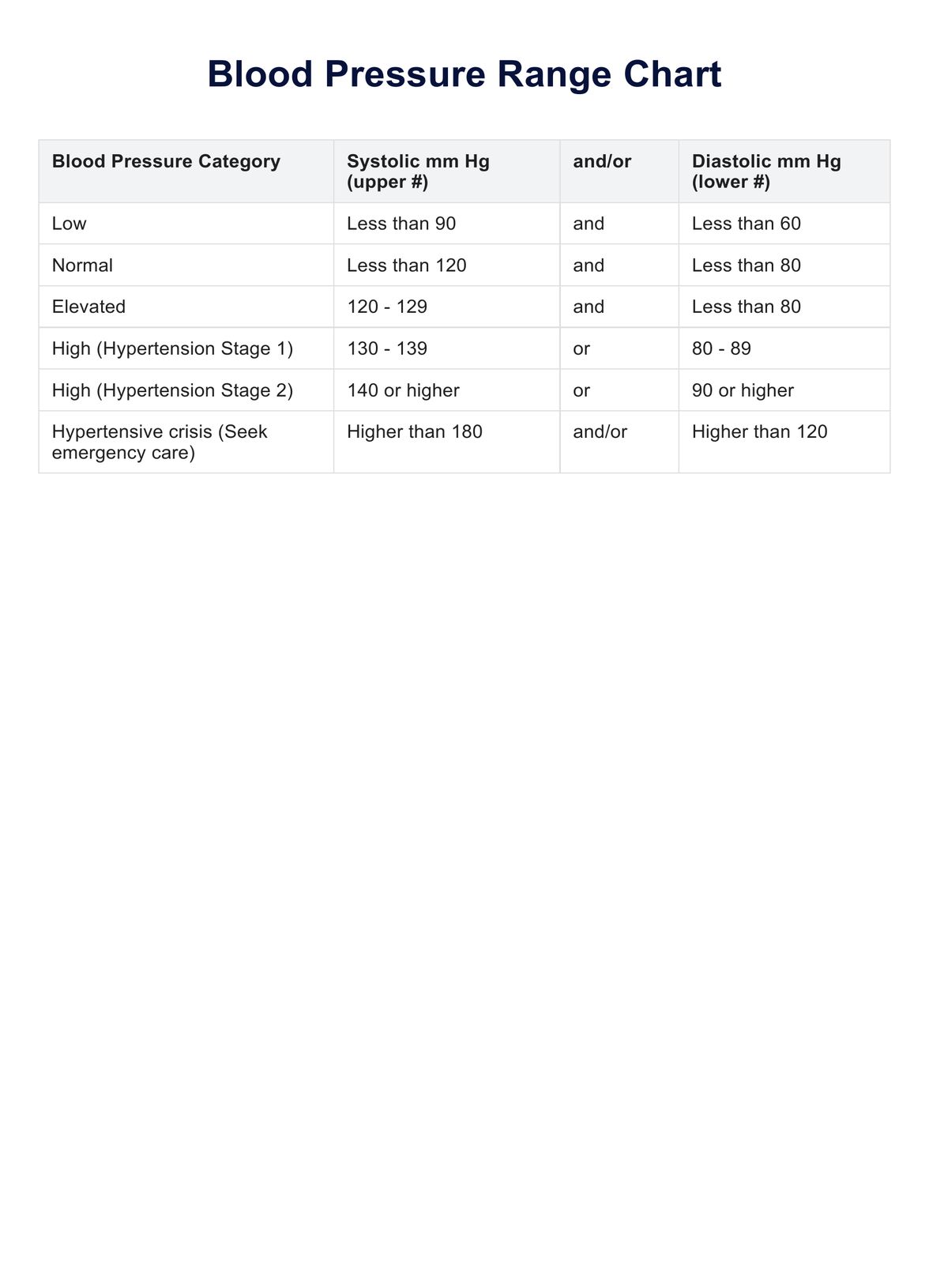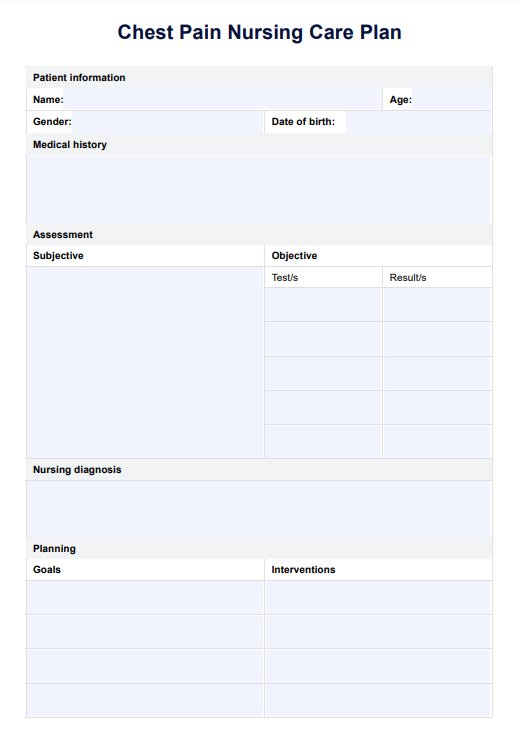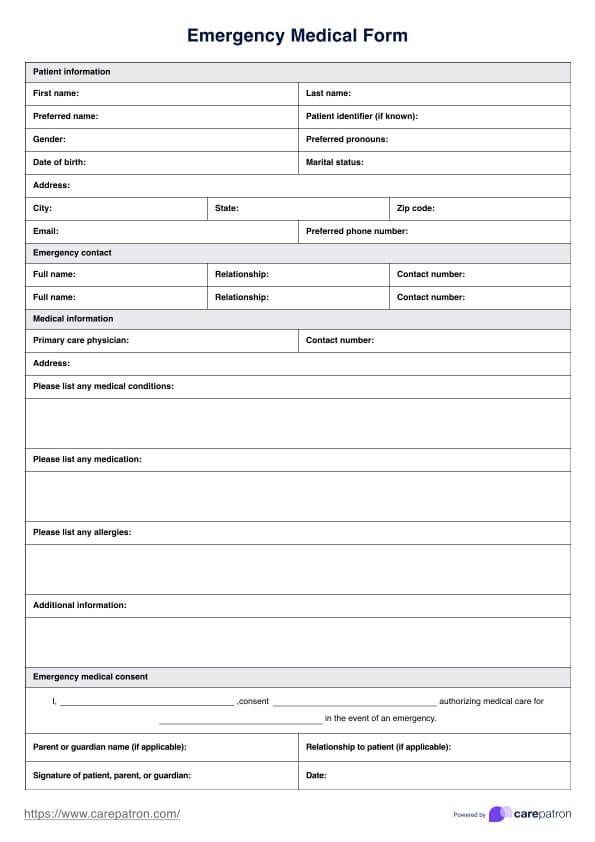Burn Percentage Chart
Our Burn Percentage Chart can help you estimate the total body surface area affected by burns, guiding management and treatment of burn injuries.


Introduction to TBSA burn size estimation charts
Total Body Surface Area (TBSA) charts are essential tools used to assess the percentage of the body affected by burns caused by fire disasters. These charts are instrumental in determining burn severity and guiding subsequent treatment decisions. Several types of TBSA charts are widely utilized:
Rule of Nines
Also known as the Wallace Rule of Nines. Predominantly used for adults, the Rule of Nines chart segments the body into areas representing 9% (or multiples of 9%) of the total body surface area. It offers a quick and straightforward assessment method.
The Palmar method (hand surface)
This method uses the patient's palm size, with the entire hand representing roughly 1% of the body surface area, making it useful for estimating smaller or scattered burns.
While these charts are valuable guides, do note that they can't be used for varying degrees of burns. Rather, they typically only consider second-degree (partial thickness) and third-degree (full thickness) burns in their calculations, excluding first-degree burns.
Lund and Browder chart
The Lund and Browder chart provides greater precision compared to the Rule of Nines. The chart is especially valuable for children, as it accounts for the varying proportions of body surface area due to growth and development. As such, it is accepted by burn care specialists and organizations like the American Burn Association. This is the chart that our template contains.
Burn Percentage Chart Template
Burn Percentage Chart Sample
What is a Burn Percentage Chart Template?
A Burn Percentage Chart Template is an essential tool employed by medical professionals, particularly emergency responders and specialists in burn care. It is designed to provide a swift and accurate estimate of the body surface area (BSA) affected by burns in a patient during burns trauma scenarios for accurate burn area measurement and estimation. This template divides the human body into distinct segments, each given a fixed percentage of the total BSA.
How to use our Burn Percentage Chart?
Here's how to use our printable Burn Percentage Chart Template:
Step 1: Access the template
Click "Use template" to open the template on the Carepatron app. You can customize it before printing it or print it as is. You can also click "Download" to save a copy on your device's local storage.
Step 2: Identify burned areas
Carefully examine the patient's body to identify all areas that have sustained first-degree/superficial burns, second-degree/partial-thickness burns, or third-degree/full-thickness burns. Write down the percentage according to the body parts affected.
Step 3: Calculate the total BSA burned
Add the percentages of all burned segments to determine the total BSA burned.
Step 4. Interpret results
Use the total BSA burned to assess burn severity and guide treatment decisions.
What do the results mean?
When using our free Burn Percentage Chart Template the information gained is crucial for assessing burn severity, guiding treatment decisions, and communicating the extent of burn injury among healthcare providers.
Here's a breakdown of how to interpret the results from the Burn Percentage Chart Template:
Estimating burn severity
The total body surface area burned calculated using the Burn Percentage Chart Template serves as a primary indicator of burn severity. Generally, burn patients are categorized as follows:
- Minor burns: Less than 10% body surface area burned
- Moderate burns: 10% to 20% body surface area burned
- Major burns: 20% to 40% body surface area burned
- Critical burns: Over 40% body surface area burned
The burns that the chart can be used for include thermal burns, electrical burns, and chemical burns. However,
Guiding fluid resuscitation
Burn patients often require significant fluid resuscitation to maintain blood volume and prevent shock. The Burn Percentage Chart Template helps estimate fluid requirements based on the extent of burn injury. The Parkland formula is commonly used to calculate fluid resuscitation needs, which considers the body surface area burned and the patient's weight.
Determining long-term treatment and prognosis
The Burn Percentage Chart Template provides valuable information for determining the patient's long-term treatment plan and prognosis. More severe burns may require specialized care, prolonged hospitalization, and rehabilitation therapies.
Communicating burn injury extent
The Burn Percentage Chart Template serves as a common language among healthcare providers to communicate the extent of a burn injury. This facilitates a clear understanding of the patient's condition and ensures coordinated care, especially for the managing burn shock and associated injuries.
Purpose of the Burn Percentage Chart Template
The Burn Percentage Chart Template is most commonly used in emergency medicine settings to assess burn severity and guide treatment decisions. Here are some specific situations where the burn percentage chart template would be useful:
- Initial assessment of burn patients: The Burn Percentage Chart Template can be used to estimate the extent of burns quickly, even before victims get to burn centers or hospitals. This information can then be used to decide their initial treatment, such as whether they need to be admitted to the hospital or transferred to a specialized burn center.
- Guiding fluid resuscitation: Burn patients often require fluid resuscitation to maintain blood volume and prevent shock. The template can be used to estimate the amount of fluid a patient needs based on their burns, reducing the risks associated with fluid overload.
- Determining burn severity: The Burn Percentage Chart Template can help determine the severity of a burn wound. This information can then be used to decide the patient's long-term treatment and prognosis.
- Communication tool: This is a common language that healthcare providers can use to communicate the extent of a burn injury and potentially an inhalation injury. This can help ensure that all members of the patient's care team are on the same page and that the patient is receiving the best possible care.
Benefits of using the Burn Percentage Chart Template
The burn percentage chart doesn't only serve multiple purposes, but there are also several benefits if one decides to use the template:
- Standardized and efficient means of estimation: The strategic use of this template streamlines the evaluation process, offering a standardized and efficient means of estimating the extent of burn injuries vital in emergency scenarios. It is particularly useful for accurately estimating larger burns, where other methods may have limitations.
- Serves as a communication tool: The chart serves as a valuable communication tool among healthcare team members, fostering a common understanding of burn distribution and guiding collaborative efforts in providing optimal patient care.
- Helps guide treatment decisions: The Burn Percentage Chart Template plays a crucial role in guiding treatment decisions, especially in fluid resuscitation, wound management, exposure treatment, and other therapeutic interventions, ensuring that healthcare providers can swiftly adapt their strategies based on the identified percentage of BSA affected, contributing to a more targeted and effective patient care plan.
- Delivering timely and optimal care: This template will prove to be an indispensable asset in emergency and burn trauma scenarios, enhancing the accuracy, efficiency, and collaboration of medical professionals in delivering timely and optimal care to burn patients.
Commonly asked questions
To calculate burn percentage, healthcare professionals typically use methods like the Rule of Nines, which divides the body into sections representing 9% or multiples of 9% of total body surface area (TBSA), allowing for a quick estimation of the affected area based on the location of the burns
The Rule of Nines is a tool used to estimate the percentage of TBSA affected by burns, dividing the body into sections where the head is 9%, each arm is 9%, each leg is 18%, the anterior trunk is 18%, the posterior trunk is 18%, and the genitalia is 1%
The 1% rule for burns refers to using the patient's palm (excluding fingers) to estimate burn size, where the palm represents approximately 1% of the TBSA; this method is particularly useful for assessing small burns quickly.
A 30% burn means that 30% of the individual's total body surface area has been affected by burns, which can indicate the severity of the injury and guide treatment decisions, including management of burn shock and associated injuries, fluid resuscitation, and potential transfer of burn survivors to a specialized burn unit.


